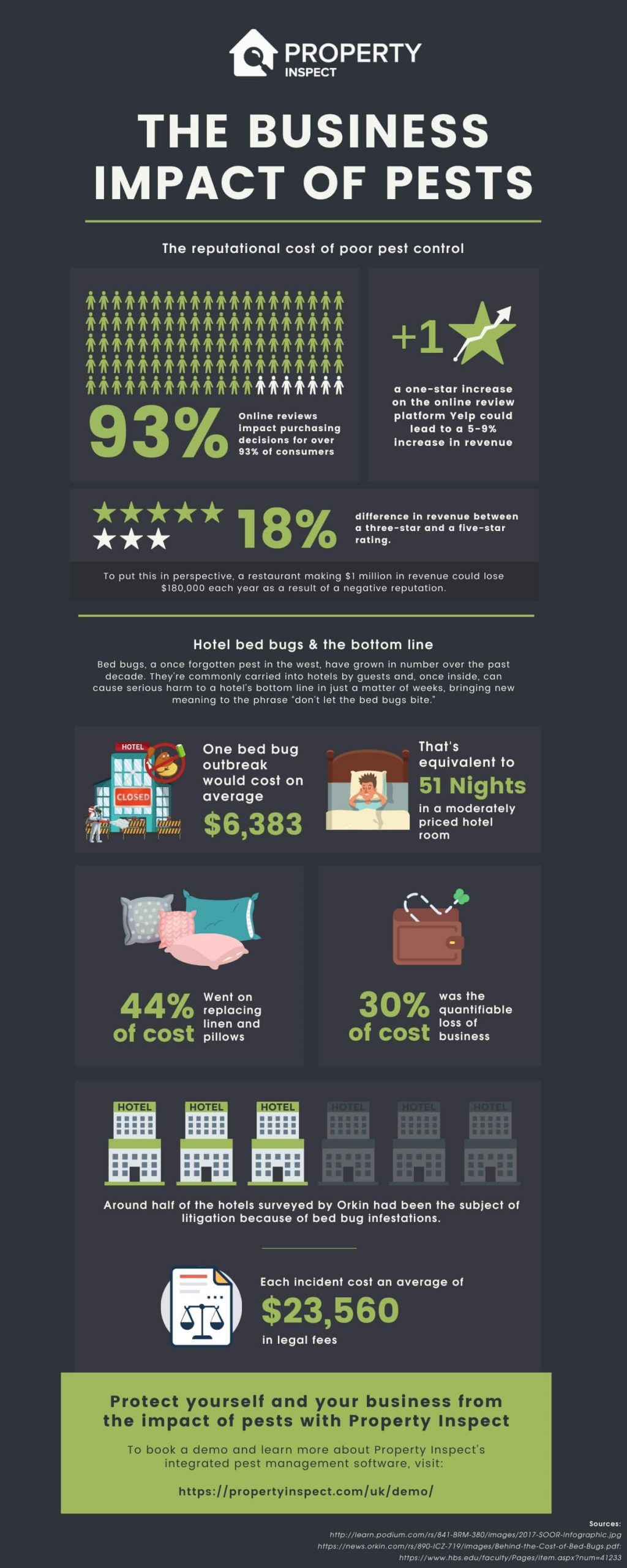Top Guidelines Of Eco Bed Bug Exterminators Dc
Top Guidelines Of Eco Bed Bug Exterminators Dc
Blog Article
Not known Facts About Eco Bed Bug Exterminators Dc
Table of ContentsFacts About Eco Bed Bug Exterminators Dc UncoveredIndicators on Eco Bed Bug Exterminators Dc You Should KnowThe Eco Bed Bug Exterminators Dc IdeasHow Eco Bed Bug Exterminators Dc can Save You Time, Stress, and Money.Eco Bed Bug Exterminators Dc - Questions
Since pesticides are toxic, they are also potentially dangerous to humans, animals, other microorganisms, and the environment. Individuals that utilize pesticides or routinely come in contact with them should understand the relative poisoning, possible health and wellness impacts, and preventative steps to lower direct exposure to the items they utilize. Danger, or risk, of using chemicals is the capacity for injury, or the degree of risk entailed in utilizing a pesticide under an offered collection of problems.
Applicators can minimize or virtually remove exposure-- and therefore lower risk-- by adhering to the label instructions, utilizing personal protective clothes and devices (PPE), and dealing with the chemical correctly. For instance, even more than 95 percent of all pesticide direct exposures originate from dermal direct exposure, mostly to the hands and lower arms. By putting on a set of unlined, chemical-resistant gloves, this type of direct exposure can be virtually gotten rid of.
The damaging effects that occur from a single direct exposure by any course of entrance are labelled "intense impacts." The 4 routes of exposure are facial (skin), inhalation (lungs), dental (mouth), and the eyes. Severe toxicity is established by examining the facial poisoning, inhalation toxicity, and oral poisoning of test pets.
The 5-Second Trick For Eco Bed Bug Exterminators Dc
Acute toxicity is determined as the quantity or focus of a toxicant-- the a.i.-- called for to kill half of the animals in an examination population. This step is generally expressed as the LD50 (lethal dosage 50) or the LC50 (deadly concentration 50). Additionally, the LD50 and LC50 worths are based on a solitary dose and are tape-recorded in milligrams of pesticide per kilogram of body weight (mg/kg) of the guinea pig or in components per million (ppm).
The reduced the LD50 or LC50 worth of a chemical product, the greater its poisoning to human beings and animals. Chemicals with a high LD50 are the least hazardous to people if made use of according to the instructions on the item tag. The persistent toxicity of a chemical is figured out by subjecting guinea pig to long-term direct exposure to the active ingredient.
The chronic poisoning of a pesticide is harder than severe toxicity to figure out with research laboratory evaluation. Products are categorized on the basis of their family member intense poisoning (their LD50 or LC50 worths). Chemicals that are categorized as extremely harmful (Toxicity Category I) on the basis of either oral, facial, or inhalation toxicity should have the signal words DANGER and POISON published in red with a skull and crossbones symbol prominently displayed on the front panel of the package tag.
The severe (single dose) oral LD50 for chemical items in this group varies from a trace amount to 50 mg/kg. As an example, direct exposure of a few decreases of a product taken orally might be fatal to a 150-pound individual. Some pesticide items have just the signal word risk, which informs you nothing concerning the acute toxicity, just that the product can create extreme eye damages or severe skin irritability
Eco Bed Bug Exterminators Dc for Dummies
In this classification, the intense dental LD50 ranges from 50 to 500 mg/kg. A tsp to an ounce of this material could be fatal to a 150-pound person (bed bug heat treatment). Chemical items identified as either slightly poisonous or fairly nontoxic (Toxicity Categories III and IV) are needed to have the signal word CAUTION on the chemical tag

All pesticide toxicity valuesPoisoning including the LD50, can be found on the product's Item Safety Data Sheet InformationMSDS). Chemical tags and MSDS can be acquired from retailers or produces - https://truthful-corn-hzbm84.mystrikingly.com/blog/eco-bed-bug-exterminators-dc-your-expert-bed-bug-exterminator. The signs of pesticide poisoning can range from a light skin irritability to coma or even fatality.
People additionally vary in their sensitivity to different degrees of these chemicals. Some people may reveal no reaction to an exposure that may create serious illness in others (exterminator). Due to potential health issues, chemical users and handlers should identify the common symptoms and signs of chemical poisoning. The results, or signs, of chemical poisoning can be broadly specified as either check out this site topical or systemic.
What Does Eco Bed Bug Exterminators Dc Mean?
Dermatitis, or inflammation of the skin, is accepted as one of the most typically reported topical result connected with chemical exposure. Signs of dermatitis range from reddening of the skin to rashes and/or sores. Some people tend to cough, hiss, or sneeze when revealed to pesticide sprays. Some individuals respond to the strong smell and annoying impacts of petroleum extracts used as providers in chemical products.
This sign usually subsides within a few minutes after an individual is removed from the direct exposure to the toxic irritant. A reaction to a pesticide item that creates someone not only to sneeze and cough however also to establish extreme acute respiratory signs and symptoms is much more likely to be a real hypersensitivity or allergic reaction.
Systemic results are rather various from topical effects. They often happen far from the initial point of get in touch with as a result of the chemical being absorbed right into and distributed throughout the body. Systemic effects frequently include queasiness, throwing up, fatigue, headache, and digestive disorders. In innovative poisoning cases, the person might experience adjustments in heart rate, problem breathing, convulsions, and coma, which might cause death.
Report this page